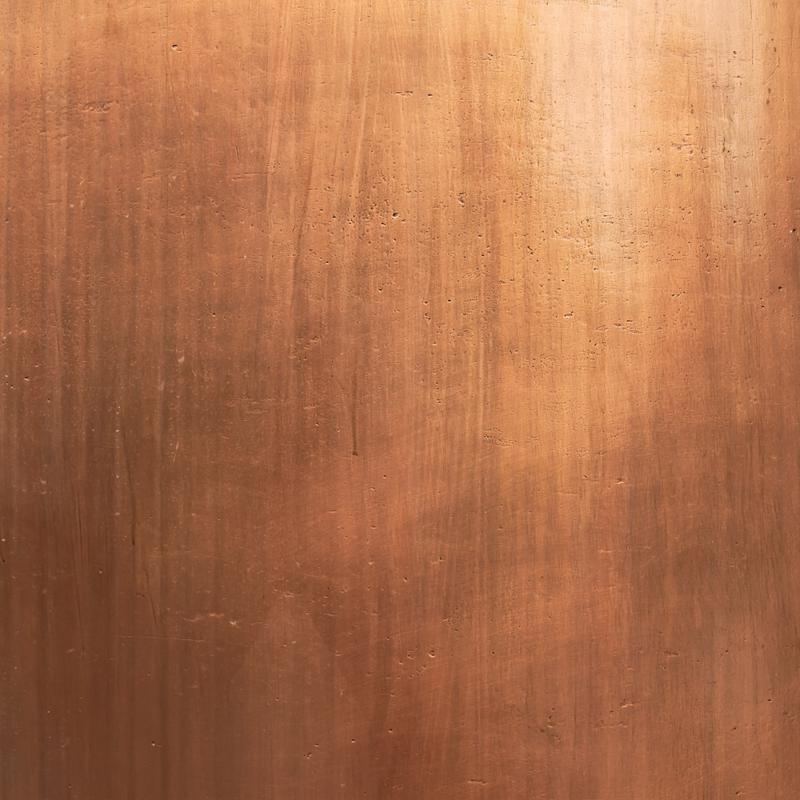4 Design Considerations for Photo Etching Precision Metal Parts

These days, OEMs are looking for small, precise parts with complex features that may go beyond the capabilities of conventional fabrication methods. That's where photo etching comes in: Engineers in several industries are turning to photo etchers to solve some of their toughest design challenges.
It's critical for engineers to design component parts for manufacturability. No one wants to put together a CAD file for a design only to find out that the fabrication process to be used can't deliver the tolerances, features and sizes that the part calls for. If you're looking for a new way to make precision metal parts, here are four design considerations for photo etching you should keep in mind:
Choose from several metals or alloys
Photo etchers are well-versed in working with a wide array of metals and alloys. Many etched parts are made of common materials like copper, aluminum, stainless steel and brass. There are many specialty alloys that can also be chemically etched.
 Etchers can work with a wide variety of metals and alloys, ranging from the common to the unusual.
Etchers can work with a wide variety of metals and alloys, ranging from the common to the unusual.The impact of the sheet size and metal thickness
The overall size and thickness of the sheet has a major impact on both the cost of the parts and the tolerances that are achievable during the etching process.
Thicker materials (>.020) with tolerances of +/-15% of the metal's thickness may require a smaller sheet that yields fewer parts. Thin sheets (<.019) with the broader tolerance requirements will allow us to use a larger sheet that makes more parts, thus lowering the cost per part. (Labor costs are determined by how many sheets we use. Each sheet is one unit of labor.)
Tolerances are also determined by sheet size and thickness. Typically, production tolerances are held at +/-15% of the metal's thickness. The only exception to that is for sheets between .001" and .004" thick - the best tolerance there is +/-.0015". Locational tolerances are always held to +/-.001".
How the thickness impacts slot/bar ratios
Slots and bars are common design features on flat parts, but the etching process has some limitations that dictate the dimensions of these features. A bar can be up to 20% thinner than the thickness of the sheet, while a slot must be at least 120% wider than the sheet's thickness. So if we're working with .010" thick stainless steel, the bar width can be .008" but a slot would have to be at least .012" wide.
"One of the most useful design capabilities photo etching offers is the ability to use half etch lines."
Half-etching for fold lines
One of the most useful design capabilities photo etching offers is the ability to use half etch lines. For this, a line is placed on one side of the phototool, but not on the other. During the etching process, the line is etched away on one side but not on the other, creating a half etch. This makes it possible to have fold lines on just one side, allowing us to design a flat part and then fold it into a 3D shape later. This is an inexpensive alternative to expensive forming tool costs seen in other fabrication processes.
Photo etching is a versatile process that can accommodate complex designs, a variety of materials and tight tolerance requirements. And because the tooling costs and time are so low (most phototools are $300 or less), design changes are quick and inexpensive.
To see how your designs can be made into a reality by working with a photo etching provider, call us at 800-443-5218 or email us at sales@conardcorp.com and we can get started working on your designs!


